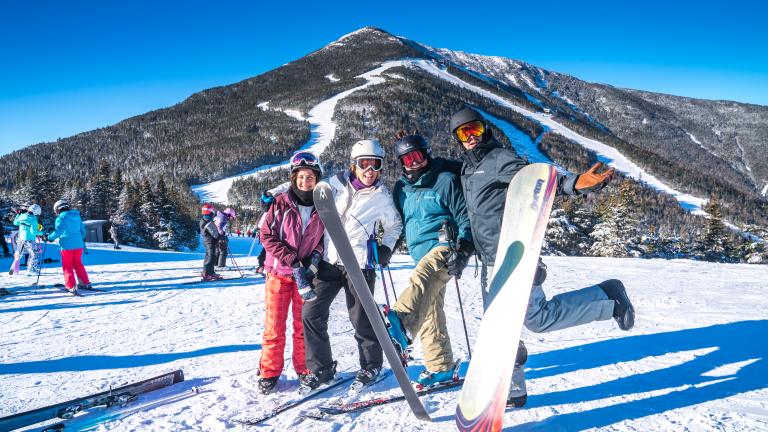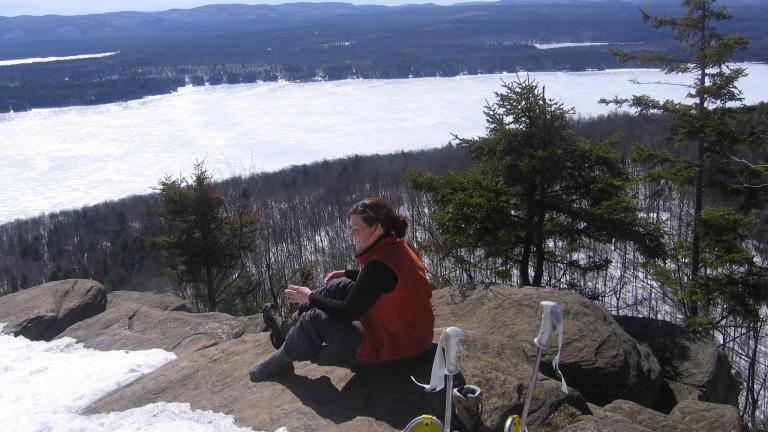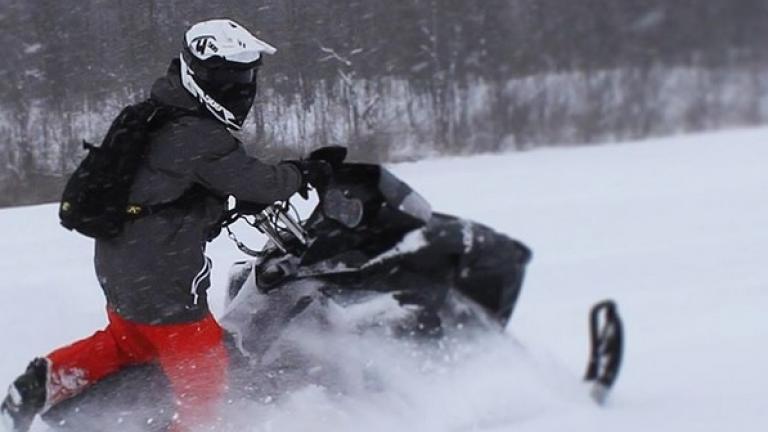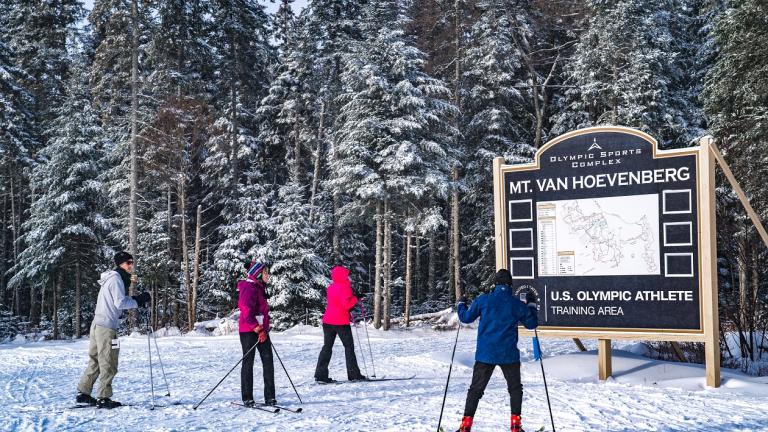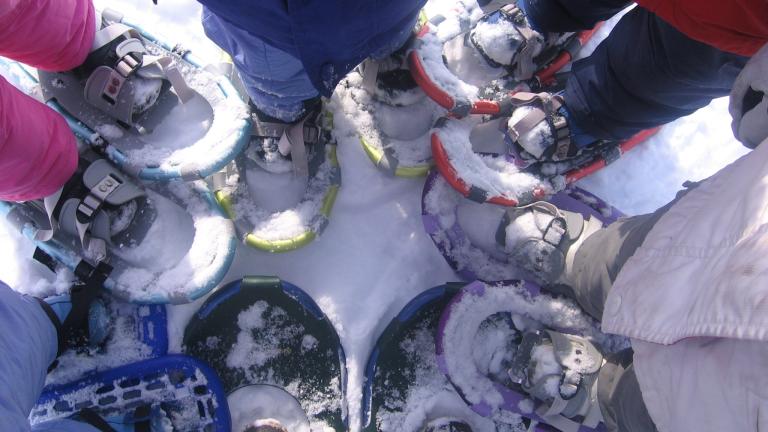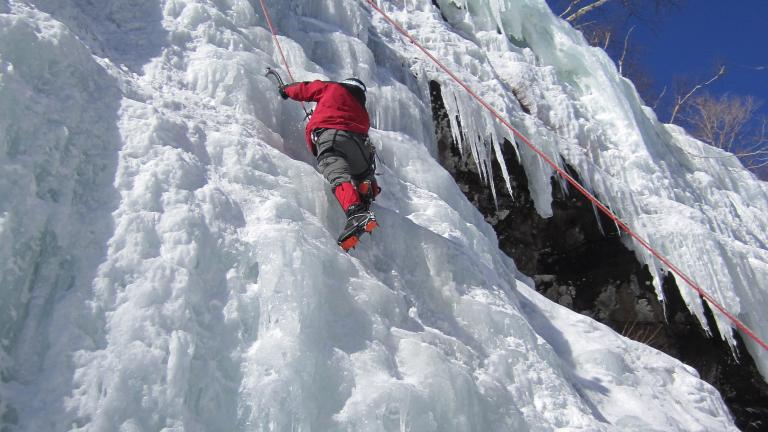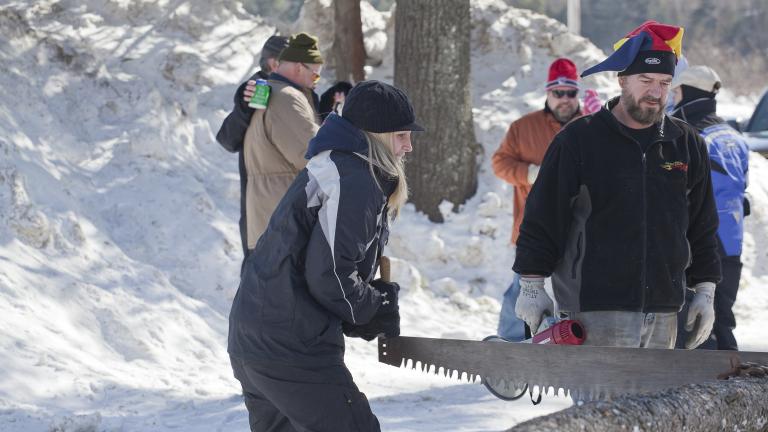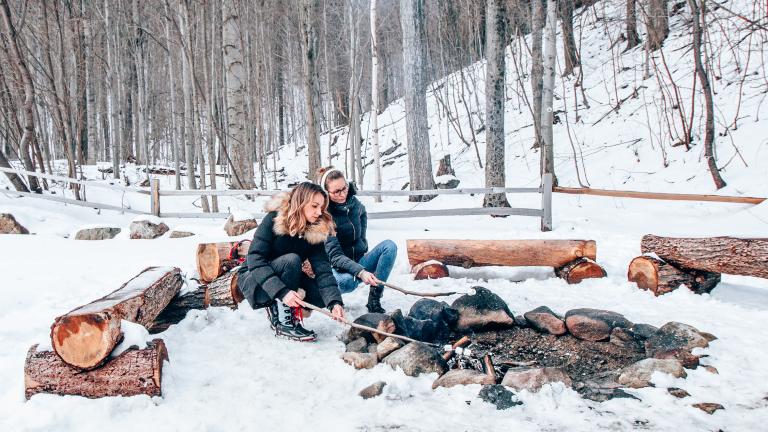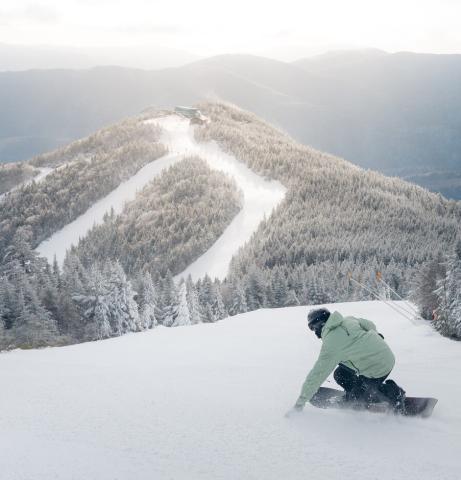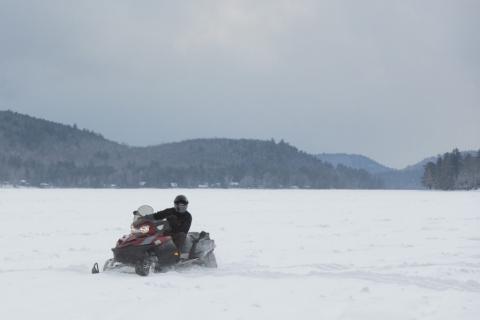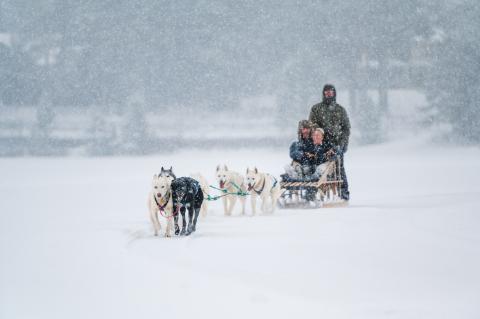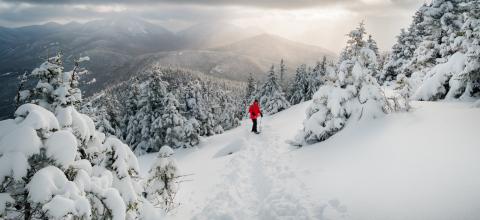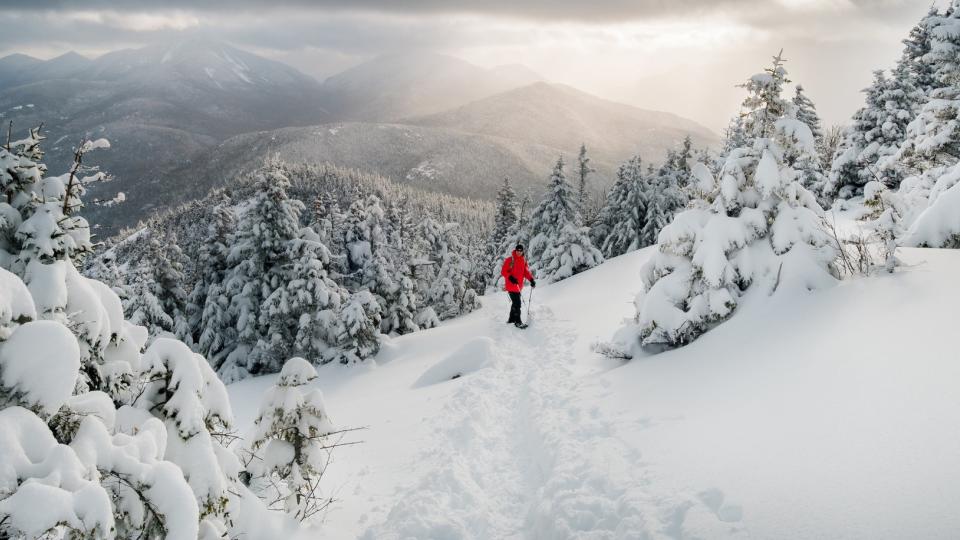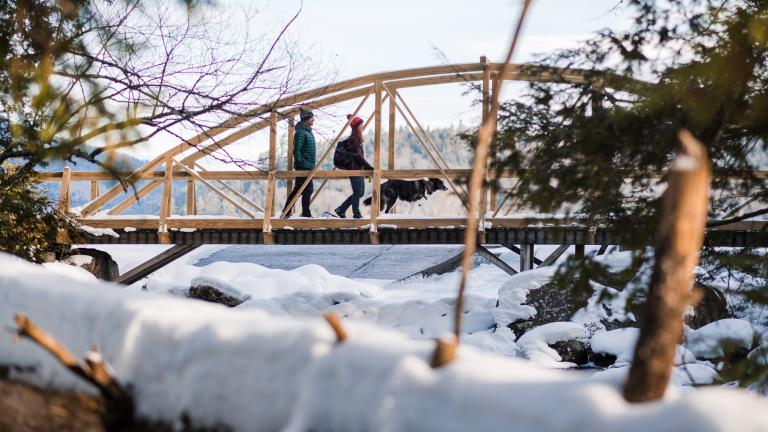Adirondack Ski Mountains/Areas
There is no better way to take advantage of winter in the Adirondacks than by downhill skiing. If you live for the slopes, get excited – some of the best ski mountains in New York can be found in the Adirondacks. Imagine gazing off the lift at snow-covered mountains and gliding down the hill with glistening pines on either side. With months of cold weather, natural and man-made snow are plentiful, meaning longer ski seasons and more trails to ski! Find fun, family-friendly hills on some of the more family-focused mountains in the region, and challenging, technical trails at ski resorts.
From Whiteface Mountain in Wilmington, a former Olympic venue, to Gore Mountain, Snow Ridge Ski Area, Titus Mountain and more, you will find fantastic skiing and other fun activities like snow tubing, in an unforgettable location.
Not one for downhill snow sports? Many mountains also offer cross-country skiing, fat-tire biking and snowshoe trails!
